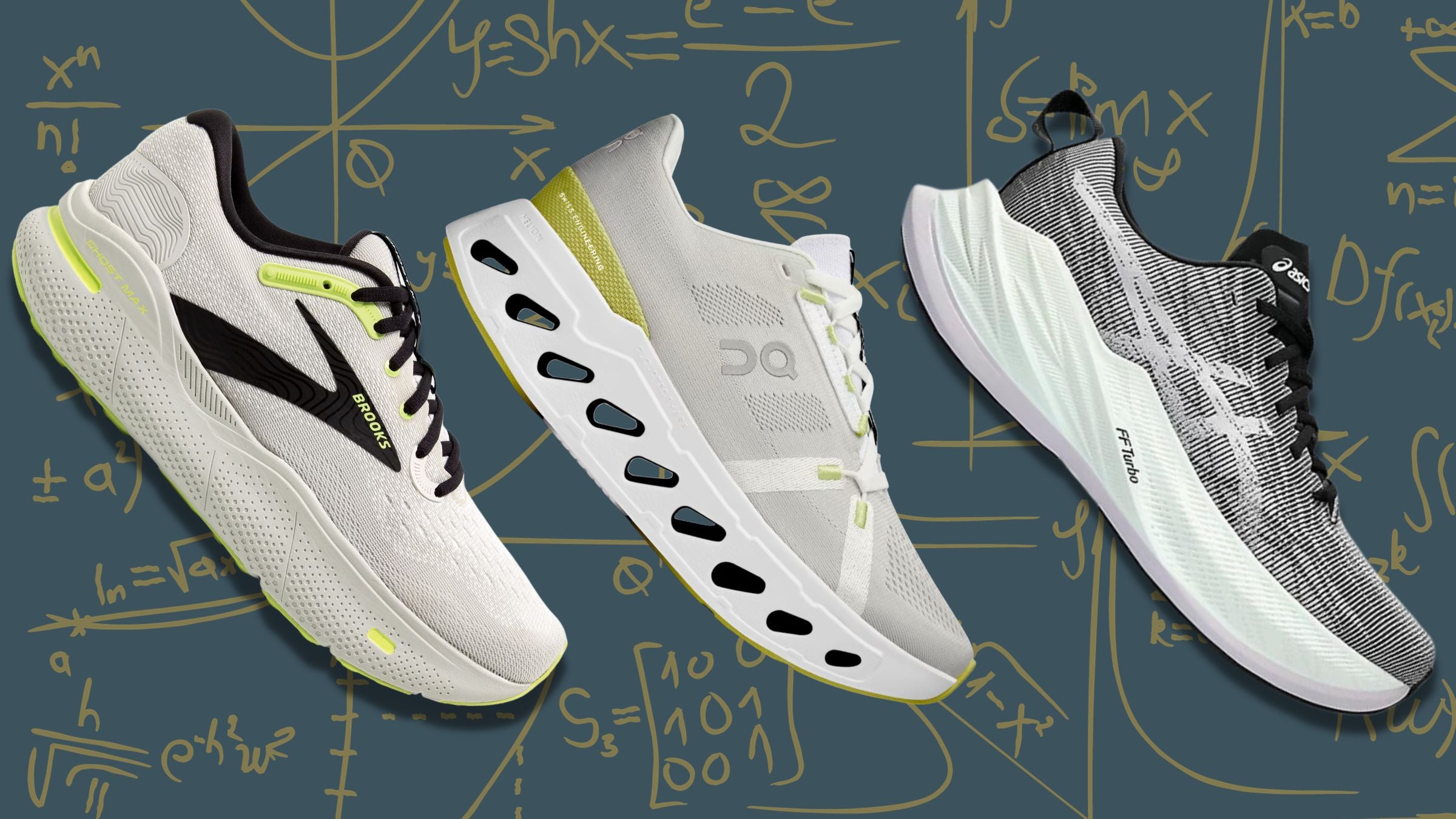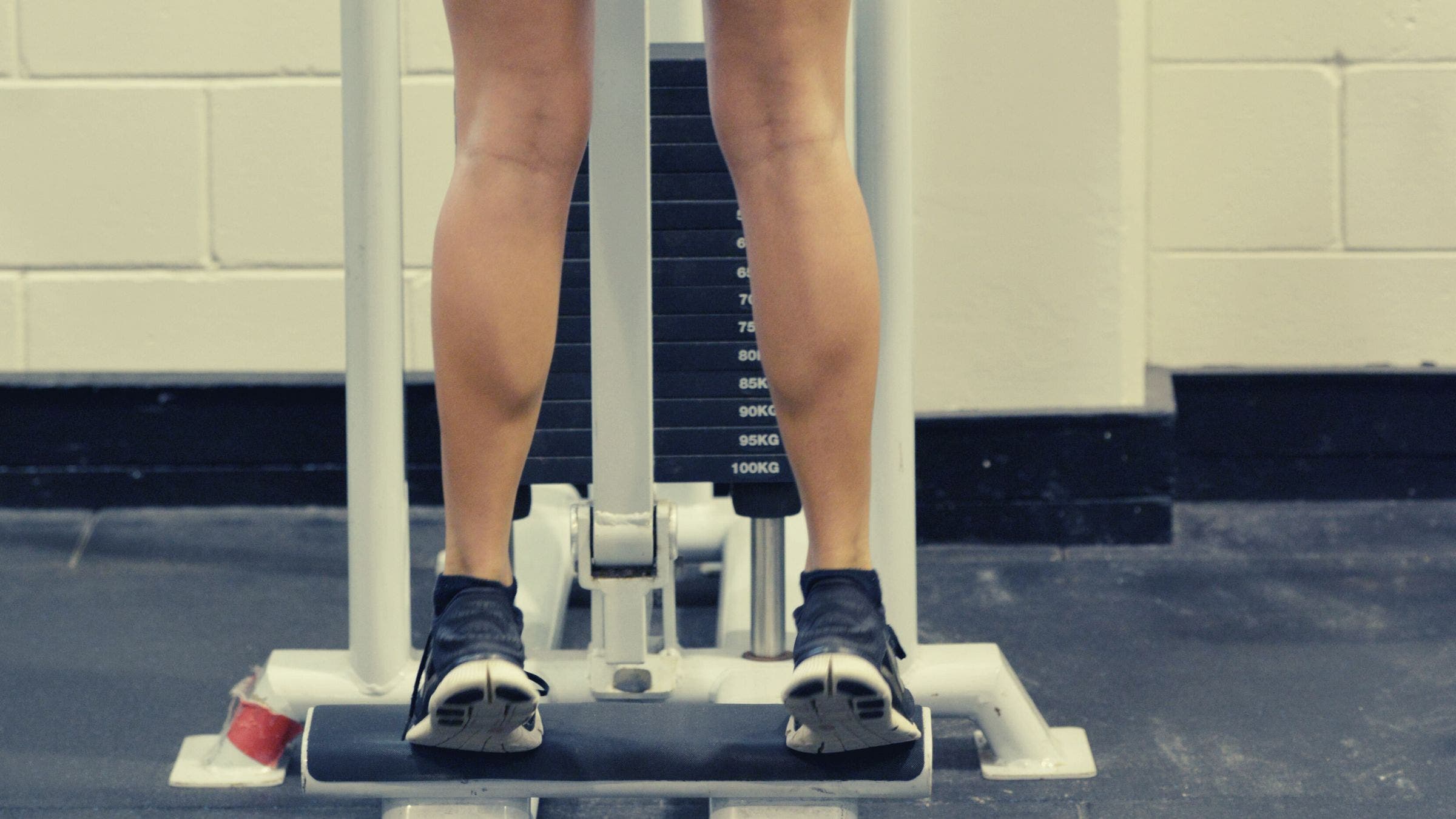The Padded Paradox: The Cost Of Cushioned Running Shoes

(Photo: On Running, Brooks, ASICS)
Don’t hold your breath if you’ve been waiting for a barefoot running renaissance. Running shoes just keep getting beefier as brands pack in more and more cushioning that hoists the feet further from the ground.
In November, On released the Cloudeclipse, an everyday trainer which is the brand’s most cushioned option with 37 millimeters of foam under the heel. This fall, Hoka will increase the amount of foam in the Mach X2 by five millimeters. Meanwhile, Brooks is adding four millimeters underfoot to the Hyperion Max 2 and two millimeters to the Glycerin 21, and Adidas, Puma, and Hoka all have new supersized trainers coming in late 2024.
RELATED: A Sneak Peek at 2024’s Hottest Running Shoes

What Is a Maximalist Running Shoe?
Maximalist shoes generally have a stack height—AKA the amount of shoe material between your foot and the ground—of more than 30 millimeters under the heel. Many of the most recent models are much higher than that. Think the ASICS Superblast, which is 45.5 millimeters tall; the Nike Invincible 3, which measures 40 millimeters; the Brooks Ghost Max, clocking in at 39 millimeters; the New Balance Fresh Foam 1080 v13, which is 36 millimeters high; and the HOKA Clifton 9, coming in at 32 millimeters high.
HOKA started the maximally cushioned movement back in 2009 with shoes that had, at the time, unprecedentedly thick soles and rocked rather than flexed. Shoes from every brand got increasingly thicker throughout the 20-teens, particularly after advanced midsole materials made max shoes lighter, softer, and more responsive. Still, truly maximal shoes didn’t really go mainstream until after Nike introduced the Alphafly as a racing shoe in 2017, and runners started using it for long runs as well—now, nearly every company has jumped on board.

What Does the Science Say
Why are shoes getting taller? From a scientific standpoint, “the data is starting to show that recovery is different with maximal cushioning,” says Ryan Wooderson, physical therapist and co-founder of Revo Physiotherapy and Sports Performance in Denver. “Everybody’s trying to find the sweet spot for minimizing muscular soreness and damage and maximizing recovery so you can get out for your next run feeling good.”
Science aside, many runners find that max running shoes feel great—like soft, bouncy moon boots or like the shoe is doing the work for you. But highly cushioned shoes are not actually linked to lower levels of impact than traditional running shoes; in fact, they come with a higher vertical average load rate and vertical instantaneous loading rate—both of which promote overuse injuries like stress fractures and plantar fasciitis, research published in 2015 in Medicine and Science in Sports and Exercise revealed.
A 2018 study published in the Orthopaedic Journal of Sports Medicine also showed that runners exhibited increased impact forces and loading rates—variables that have been associated with a higher risk of running-related injuries—in maximal shoes versus neutral shoes. The authors wrote that runners who are new to running in a maximal shoe may be at an increased risk of injury.
RELATED: How Light Is Too Light When It Comes to Running Shoes?

How Maximalist Running Shoes Can Increase Injury Risk
How is it possible that more cushioning can result in a harder impact? “There are 200,000 receptors on the bottoms of the feet, and they’re screaming for awareness and activation,” says Courtney Conley, a foot and gait specialist and the founder and creator of Gait Happens. “When we put more cushion and stack underneath the bottom of the foot, we start to disrupt the way the foot is designed to feel the ground.”
That can show up in your gait via overstriding, she explains. By nature, maximal cushioning shoes tend to be heavier than shoes with a lower stack height (although the kind of lighter foam technology that we see in race day shoes, which enhances cushioning and resiliency while reducing weight, is starting to trickle down into everyday trainers). “When you have that weight, in particular at the heel, it’s going to cause the foot to swing out further, causing it to land in front of your center mass,” says Conley. That puts more torque (and stress) through the knees, hips, and lower back, she adds.
High cushioning can also lure you into running more than your connective tissues are ready to handle. “Anecdotally, I’ve seen way more plantar plate injuries, plantar fascia injuries, and peroneal tendon injuries, because people are incurring more volume in these types of shoes,” says Wooderson. (Not to mention ankle sprains, says Conley, when you consider just how far off the ground 40 millimeters is and how unstable some of those shoes can feel.)
RELATED: How Light Is Too Light When It Comes to Running Shoes?
In addition to creating distance from the ground, the foam’s density affects your interaction with the ground and your stride.. “A softer or more compressible foam is going to ask more of your calves and quads because they don’t have any rigidity underneath to respond to,” Wooderson says. “A firmer foam is going to be a little more responsive, and you’re going to get more feedback from the shoe.” That’s mostly an issue of personal preference, but when choosing which one serves you best, you need to consider your gait, strike pattern, and training volume.
If your foot and ankle are working harder inside the shoe to stabilize your gait, generally that’s going to create some extra rotation at the knee and extra work at the hip, Wooderson says.
“What I most commonly see in people who are wearing maximalist shoes for the first time is lateral ankle and hip pain, because their body just hasn’t adapted to control what the shoe is doing to their stride.” he says. “You end up leaking a lot of energy from trying to control the foam itself.”
FYI: carbon-fiber plates help provide stability against highly reactive foam midsoles, which is why we’re seeing this tech pop up in training shoes—see: the New Balance SuperComp Trainer or Saucony Kinvara Pro—and race shoes. But those shoes can still be hard to handle if they don’t align with your gait.
It’s like trying to steer a Ferrari when you’ve only ever driven a Honda Civic. “You’ve got to earn the right to get into these maximal shoes,” says Conley. That’s not to say we should all be reverting to barefoot, minimalist shoes. But it does mean that there’s a time and a place for shoes of a certain stack height, and before you start messing around with sky-high running shoes, you have to make sure your foot is strong and stable enough to handle them, says Conley.

When To Step Into A Maximalist Running Shoe
While maximally cushioned shoes are generally recommended for long runs, easy runs, or recovery runs, Conley recommends first doing daily training in lower stack shoes—“your foot’s going to have to work a little bit harder, and that’s going to allow it to get stronger,” she says.
Wooderson also suggests introducing this type of shoe as part of a quiver of training shoes: “Like everything else, it needs to be sprinkled in a little bit at first, then once you have a better understanding of how your body’s going to respond, you can make a daily trainer out of it,” says Wooderson.
Yes, all the cushioning feels good underfoot right off the bat—but it’s not a way to cheat the system. “Without having done the work to build foot stability, balance control, and plantar flexion strength, you’re just asking for an injury to happen,” says Conley. “But if you do the groundwork, develop strong feet and ankles and build your capacity to control that foam, the shoes themselves are just the icing on the cake.”
RELATED: Running Shoes of the Year 2023